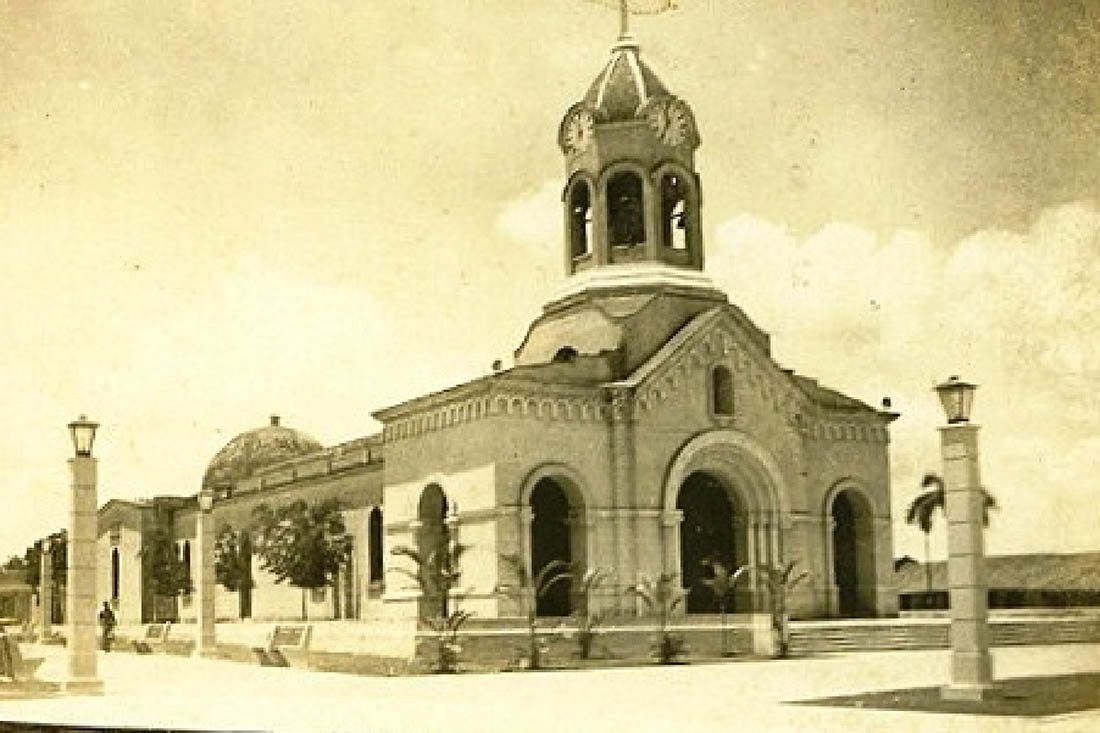Several dilemmas surround The festivities of Charity in Camagüey city short short, since its shooting date appears in several bibliographies as September 14th, but the year is disputed between 1908 and 1909. On the other hand, the original copies disappeared in Havana in 1922 after a fire, according to the Art Historian Lisbel Soler Jiménez.
Its genre was documentary, with a 35mm format in black and white. Although the festivities of Charity are filmed at random, because they had different plans, the truth is that according to the press on September 14th, 1908, Enríquez Díaz Quesada brought to the world The festivities of Charity in Camagüey city short.
The first travel short of Cuban cinema
For the film critic Armando Pérez Padrón, with this film, Díaz Quesada got on a tram and crossed the entire La Caridad Avenue filming the festive events, making what can be considered the first Cuban travel short. Position defended by the present work, since what was already validated by praxis was named later. Consequently, the first steps of this cinematographic technique are taken in the City of the Waterpots.
La Caridad neighborhood
La Caridad neighborhood was a space where wealthy families settled and typified the place. It was also characterized by the presence of the popular layers, who went to the cathedral that gave its name to the neighborhood. Wide pedestrian portals, also preceded by spacious sidewalks and an avenue, gave the processions and fairs a special halo. These festivities were the backdrop for the director of the documentary Enríquez Díaz Quesada (September 16th, 1883, Havana–May 13th, 1923).
Still absent
No copies of the film have yet been located. However, Camagüey is among the original spaces of Cuban cinematography, while Enríquez Díaz Quesada is considered a precursor; since seventeen of the forty feature films shot in Cuba in the period 1907-1922, are made and co-produced mostly by him.
Translated by: Aileen Álvarez García






